From bench to bedside
Leading the way in ALS research.
An unparalleled research team with collaborators across the globe leverages basic science, clinical, and observational studies to work towards alleviating suffering in ALS and one day making it a preventable disease.
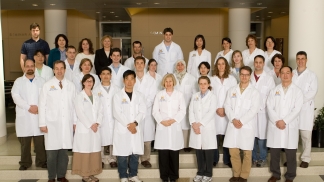

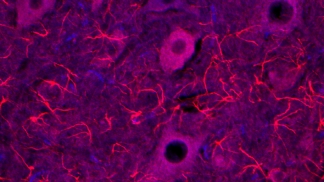

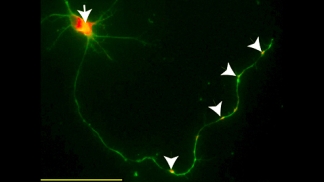

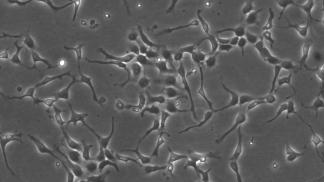

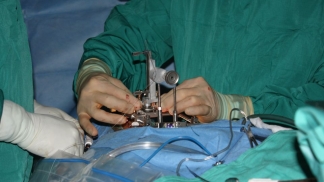

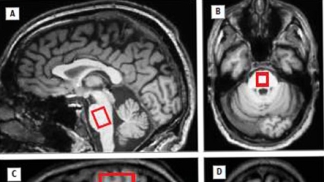

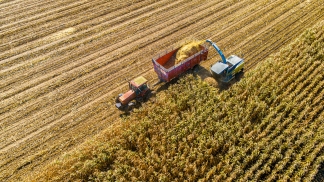

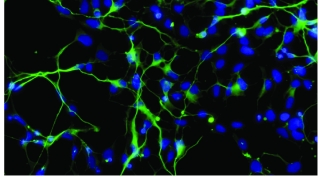

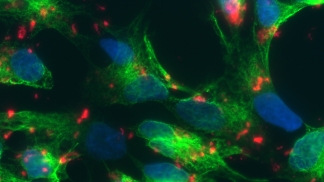

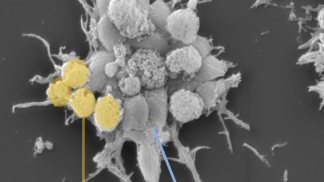

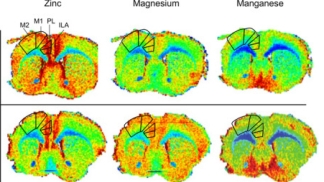

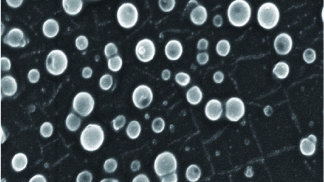

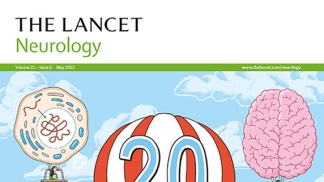

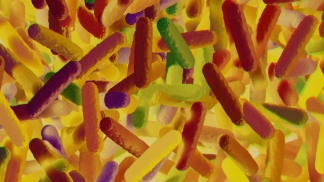

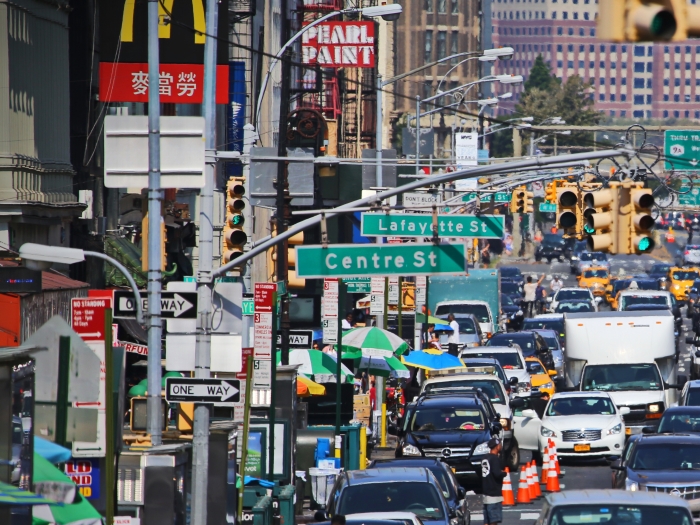
How exposures experienced over a lifetime—from pollution to diet—affect ALS risk and survival.
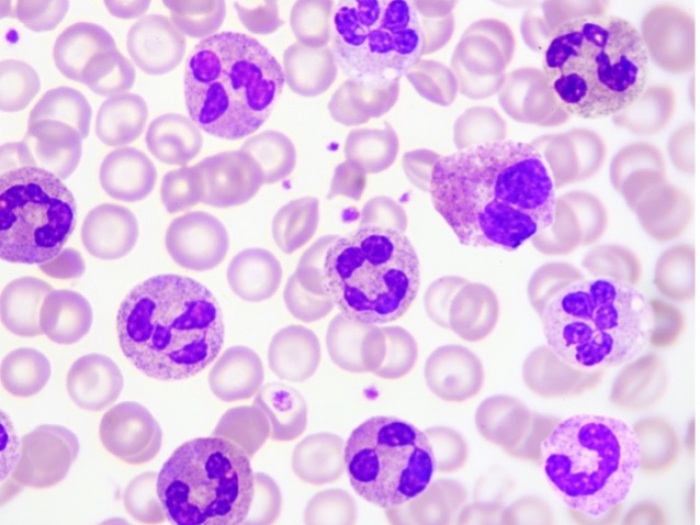
Studying the immune system and ALS to identify more effective therapies.
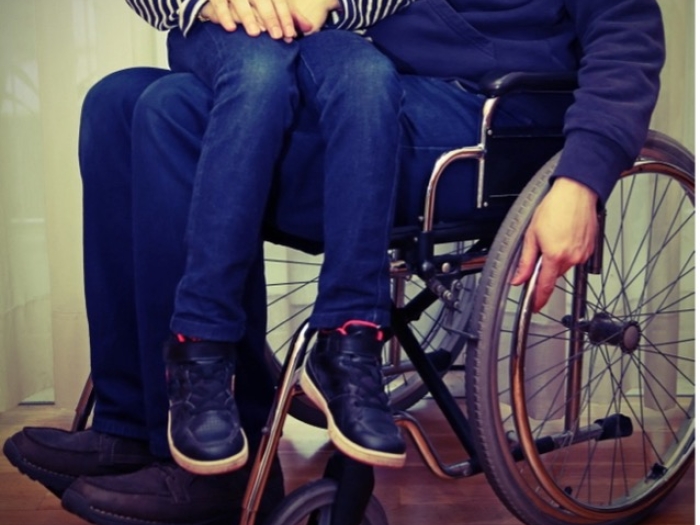
Following people over time to understand who gets ALS what exposures affect ALS risk, as well as brain health.
The ALS Biorepository began in 2012 and currently houses over 20,000 samples from over 1,000 patients (both those with ALS and healthy controls). Samples stored include white blood cells, isolated RNA, isolated DNA, plasma, urine, fecal samples and fibroblast lines, as well as spinal cords from patients who died from ALS. Not only do we use the biorepository for our own ALS research, but samples are shared with top institutions worldwide.